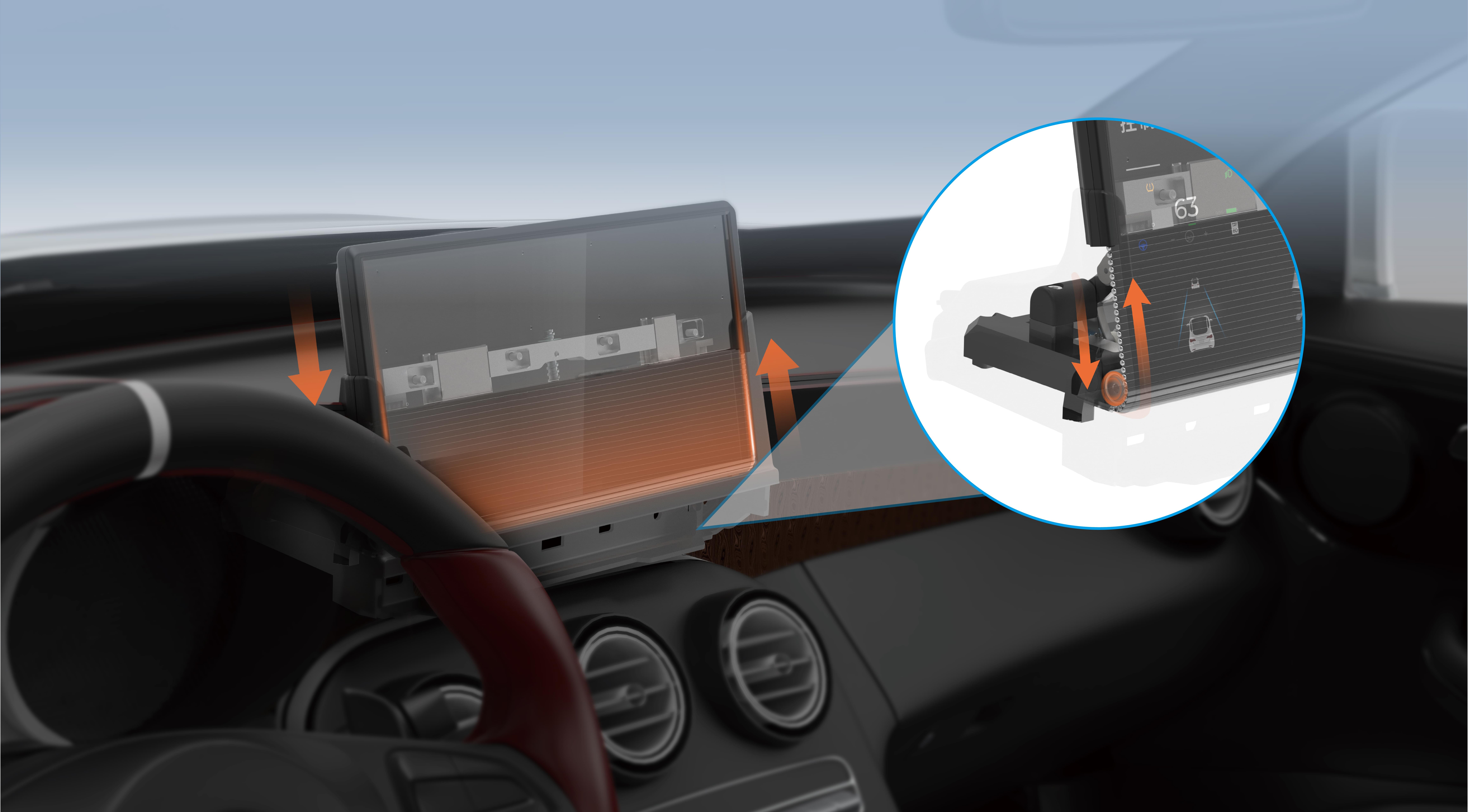Imagine a world where your ideas can materialize into tangible, moving creations at the simple push of a button—or better yet, automatically. The magic lies in combining the power of the Arduino Uno with the precise movement capabilities of servo motors. Whether you're an absolute beginner taking your first steps into electronics or an experienced maker exploring new horizons, understanding how to control servos with Arduino opens up a universe of possibilities.

What is an Arduino Uno? The Arduino Uno is a popular microcontroller board famed for its simplicity and versatility. It acts as the brain of your robotic or electronic project, enabling you to interface with sensors, motors, lights, and more. Its user-friendly environment and extensive community support make it an ideal platform for beginners and pros alike.
Understanding Servo Motors Servo motors are a specific type of motor designed for precise control of angular position. Unlike regular motors that spin freely, servos contain a built-in feedback loop, allowing them to rotate to a specific position within a range—typically 0 to 180 degrees. This makes them perfect for robotic arms, camera gimbals, steering mechanisms, and countless other applications requiring accurate movement.
Key Components for Arduino Servo Projects:
Arduino Uno Board Servo Motor (e.g., SG90, MG996R) Jumper Wires Breadboard (optional, for prototyping) Power Supply (depending on servo specifications)
Getting Started: Basic Arduino Servo Wiring Connecting a servo to your Arduino is straightforward:
Connect the servo's power (red) wire to the 5V pin on the Arduino. Connect the ground (brown or black) wire to the GND pin. Connect the signal (yellow, orange, or white) wire to a digital PWM pin (commonly pin 9).
Here's the simplest connection diagram:
Servo Signal Pin -> Arduino Digital Pin 9 Servo Power (Vcc) -> Arduino 5V Servo Ground (GND) -> Arduino GND
Writing Your First Arduino Servo Code The core of controlling a servo motor with Arduino lies in the built-in Servo library. It's pre-installed and provides straightforward functions to attach a servo object to a pin and control its position.
Here's a minimal example:
#include Servo myServo; // create servo object to control a servo void setup() { myServo.attach(9); // attaches the servo on pin 9 to the servo object } void loop() { myServo.write(0); // tell servo to go to position 0 degrees delay(1000); // waits 1 second myServo.write(90); // tell servo to go to position 90 degrees delay(1000); myServo.write(180); // tell servo to go to position 180 degrees delay(1000); }
This simple loop makes the servo sweep between the three positions, demonstrating the basic control flow.
Understanding the Code The Servo library simplifies controlling a servo by abstracting the PWM signals. The attach() function binds the servo object to a specific pin, while write() sets the target angle. Remember, the values in write() are degrees—ranging usually from 0 to 180, but some servos support wider ranges.
Adjusting Speed & Smooth Movement The basic write() command instantaneously moves the servo to the specified position, but sometimes you may want smooth, gradual movements. To accomplish this, you can write your own function to incrementally change the position over time. For example:
void smoothMove(int startPos, int endPos, int duration) { int step = (endPos > startPos) ? 1 : -1; int currentPos = startPos; while (currentPos != endPos) { myServo.write(currentPos); currentPos += step; delay(duration / abs(endPos - startPos)); } }
Using such functions, you can produce pleasing, fluid motions that mimic natural movements—ideal for robotic arms or animaed displays.
Creating Interactive Projects Using Sensors While basic servo control relies solely on timers, combining sensors like potentiometers, buttons, or even ultrasonic distance sensors can make your project dynamic. For instance, connecting a potentiometer to an analog input allows you to map its position directly to the servo's angle:
#include Servo myServo; int sensorPin = A0; // analog pin int sensorValue; int servoPos; void setup() { myServo.attach(9); } void loop() { sensorValue = analogRead(sensorPin); servoPos = map(sensorValue, 0, 1023, 0, 180); myServo.write(servoPos); delay(15); // small delay for smooth movement }
This engagement makes your projects more interactive and adaptable.
Diving Deeper: PWM & Signal Timing While the Arduino's Servo library handles the signal timing behind the scenes, understanding PWM (Pulse Width Modulation) helps in grasping how servos interpret signals. A typical servo's position is dictated by the width of the pulse sent every 20 milliseconds:
Minimum (0°): 1 millisecond pulse width Middle (90°): 1.5 milliseconds Maximum (180°): 2 milliseconds
The Servo library automates these calculations, but awareness of these details can be beneficial when troubleshooting or working with non-standard servos.
Troubleshooting Common Issues
Servo jittering or not moving: Ensure power supply is adequate; some servos draw significant current. Use an external power source if needed. Servo overheating: Do not run servos constantly at maximum load or positions; moderate use and proper cooling can prevent damage. No movement: Double-check wiring, ensure the code uploads correctly, and that the servo's range isn't exceeded.
Stay tuned for the next part, where we'll explore more complex control techniques, real-world applications, and creative project ideas to elevate your Arduino UNO servo projects!
Kpower has delivered professional drive system solutions to over 500 enterprise clients globally with products covering various fields such as Smart Home Systems, Automatic Electronics, Robotics, Precision Agriculture, Drones, and Industrial Automation.




































